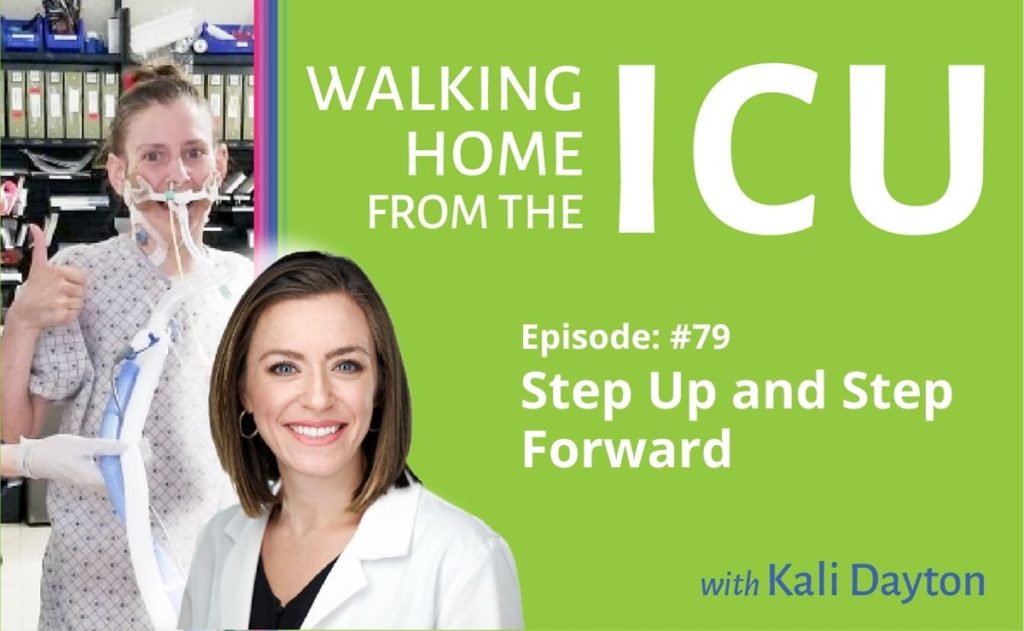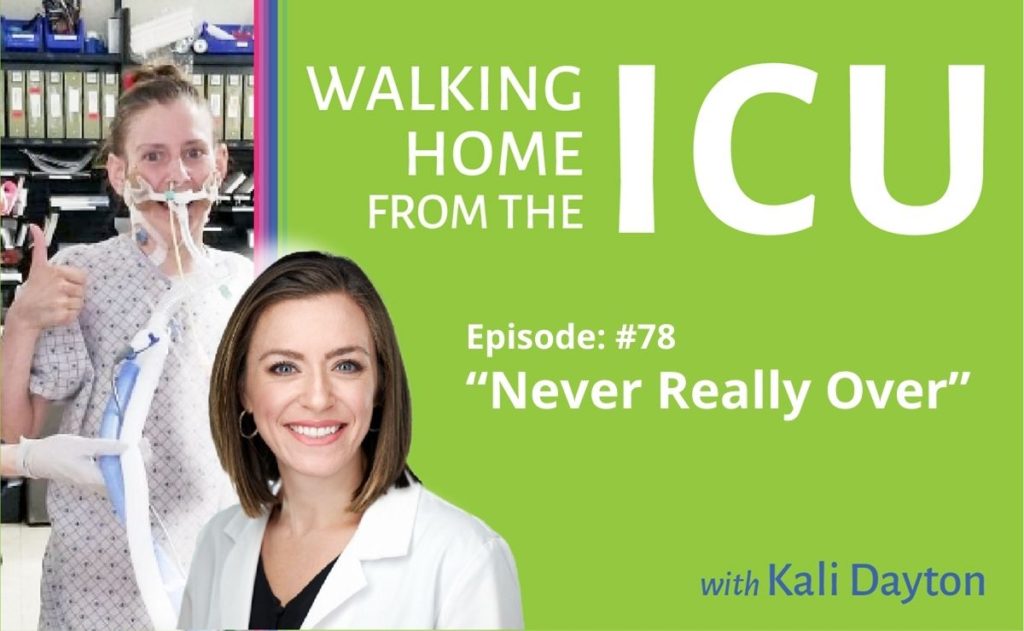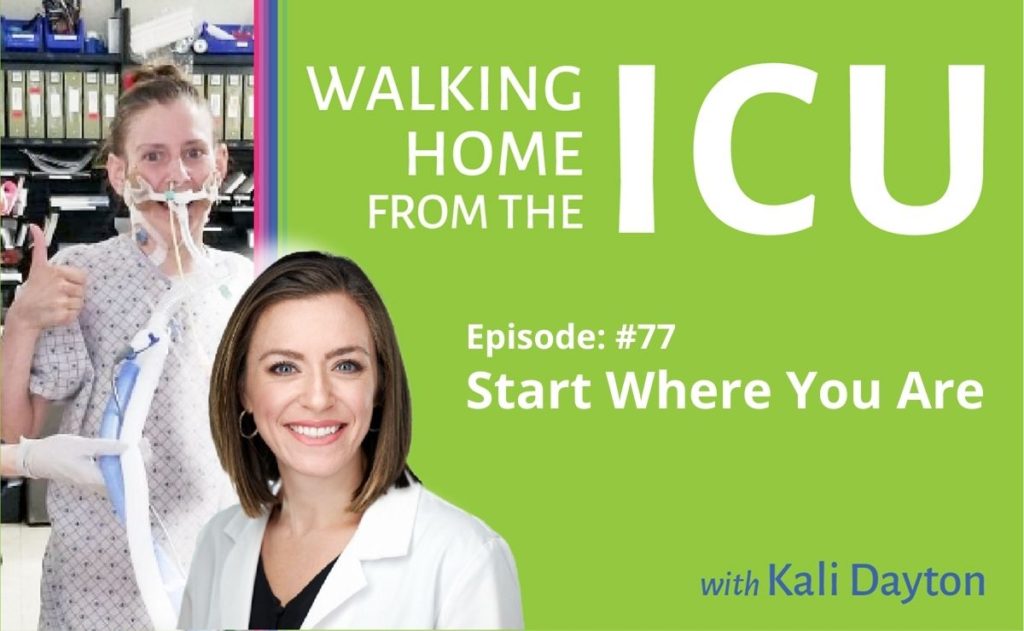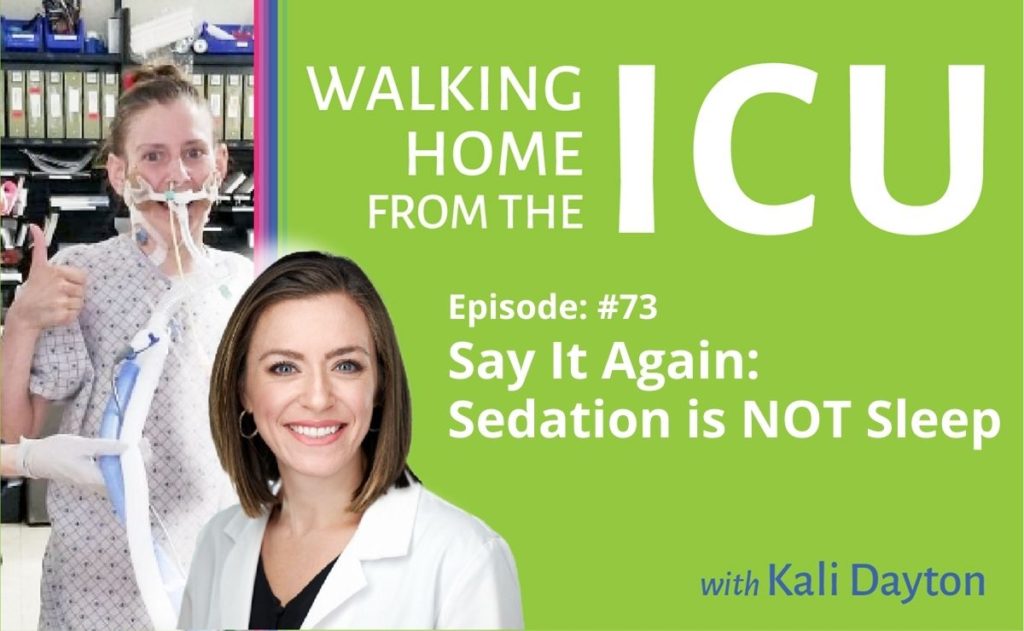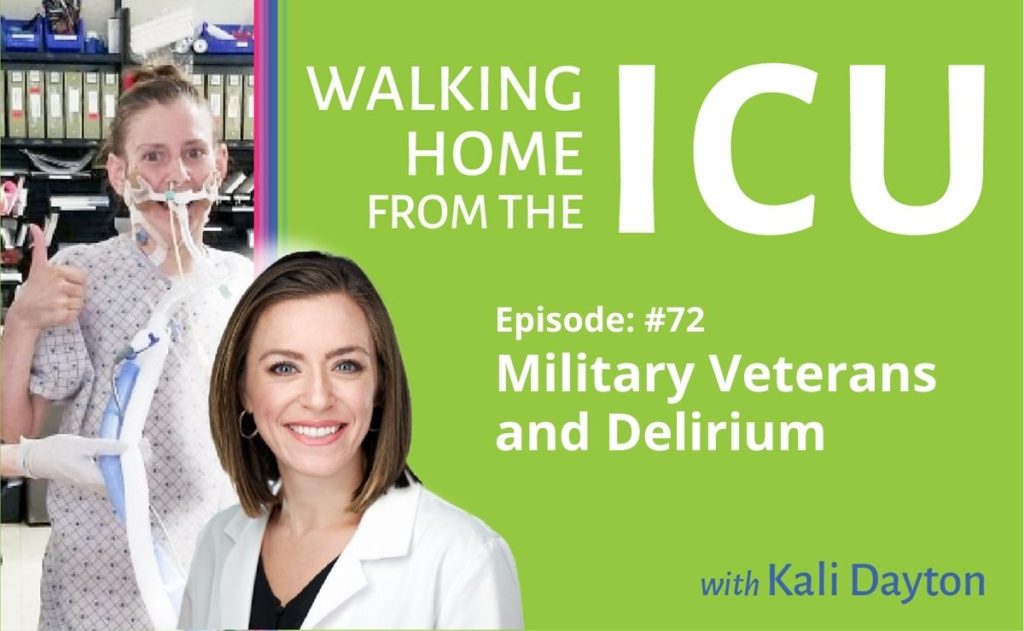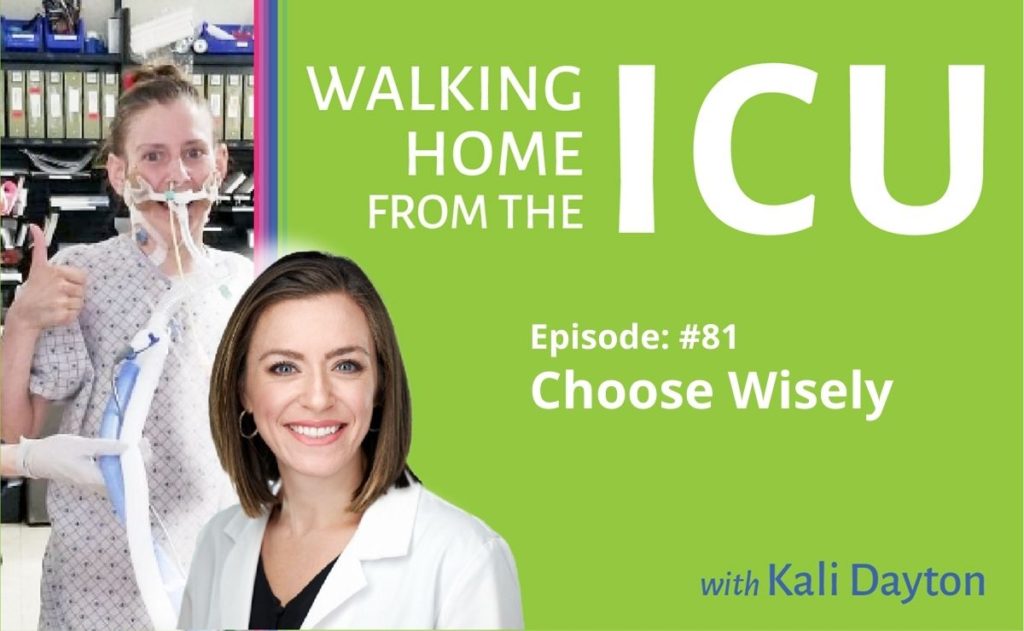
Walking Home From The ICU Episode 81: Choose Wisely
How does the choice to automatically sedate every patient on a ventilator impact patients for the following weeks, months, and years? Let’s dive deeper into how our favorite sedatives change the course of critical illness. Episode Transcription Kali Dayton 0:00 This episode is really important, but maybe a lot. So I hope to make this
Learn More > from Walking Home From The ICU Episode 81: Choose Wisely

